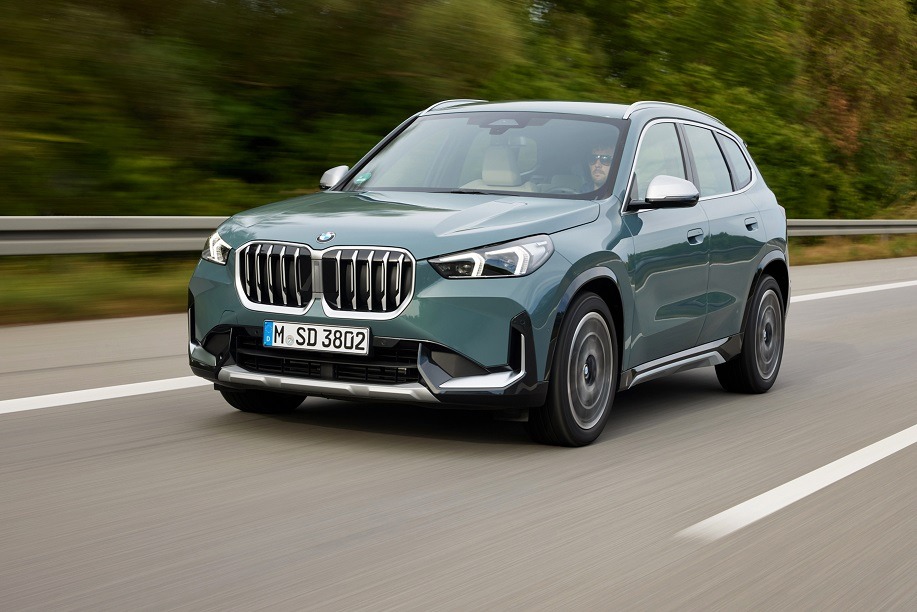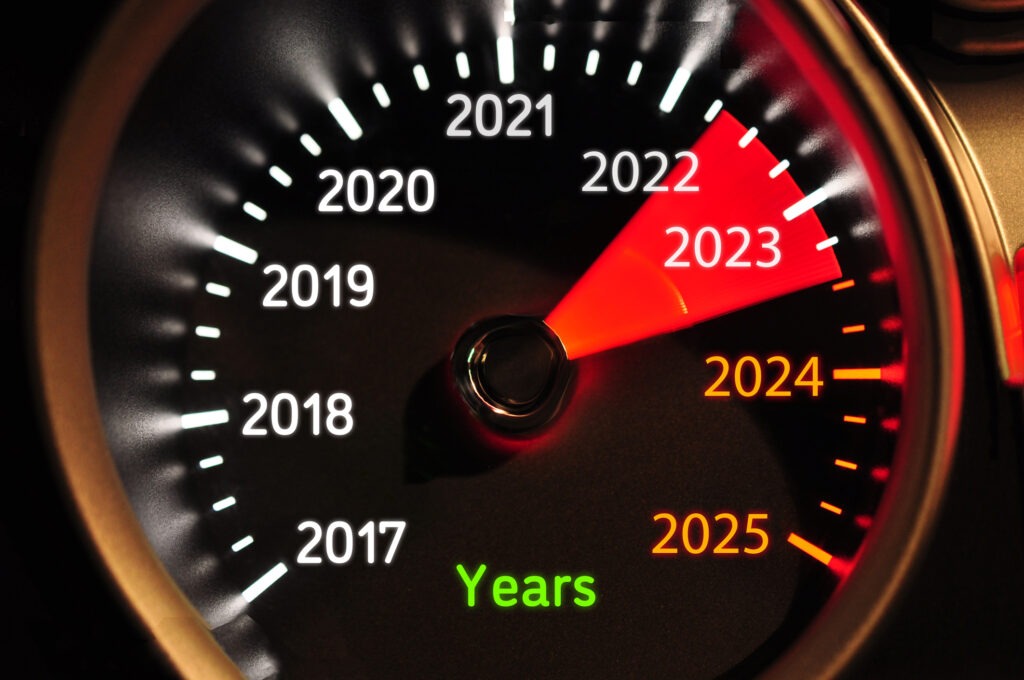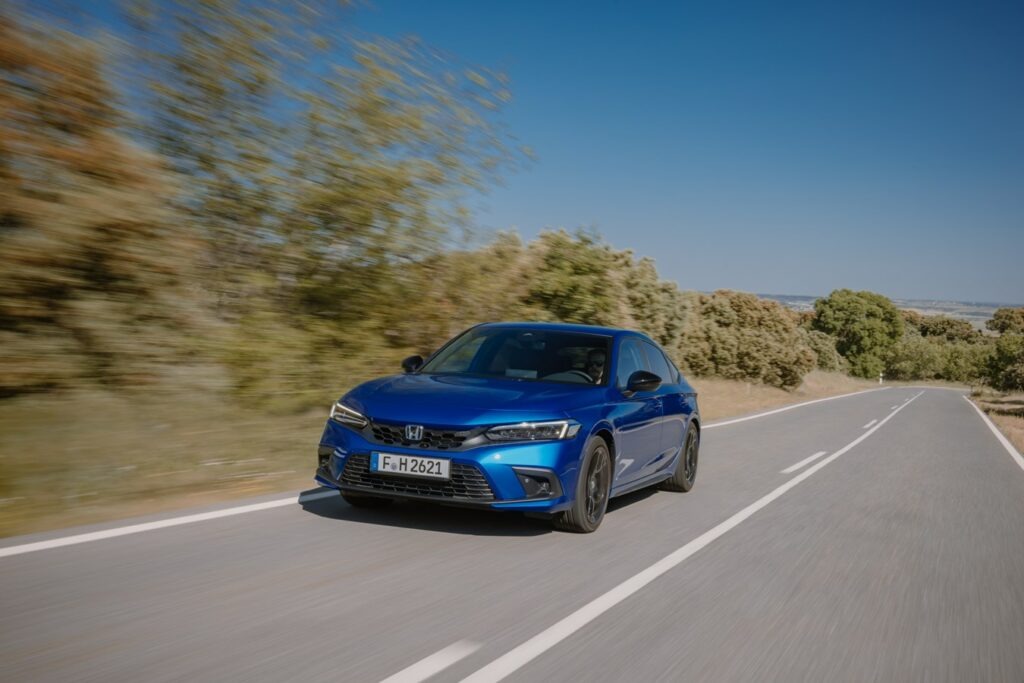Launch Report: Rejuvenated BMW X1 faces stiff but ageing competition
14 October 2022

The exterior design of the third-generation BMW X1 has a greater presence, especially from the front, and closely resembles the bigger X3 and X5. The larger double kidney grille may polarise opinions, but it is better integrated than in other recent BMW models.
BMW’s latest X1 has grown slightly in length, height, and width, providing greater space and versatility. With the optional sliding seat bench, the rear also offers sufficient space even for tall passengers. All-round visibility is good too, with reduced blind spots, and the soundproofing is impressive for a car without double-glazed windows.
The new X1 features the driver-oriented ‘Curved Display’ and BMW’s new operating system (OS) 8, which has been thoroughly modernised to be at a level comparable to Mercedes-Benz. However, the change to the operating system also means the omission of BMW’s iDrive control, which may deter some buyers as it was often seen as a unique selling point. There are also no rotary knobs or haptic switches to set the interior temperature for example. Controls are now operated by either pressing the touchscreen or by voice control.
The ‘Curved Display’ console and floating armrest, excellent materials and seats, sophisticated driving-assistance systems, and outstanding BMW-typical driving characteristics, all contribute to a high level of perceived quality.
Ageing competition
The entry-level price of the X1 18i is reasonably affordable compared to key rivals, and the equipment packaging is clever, with comparatively few single equipment options. A satellite-navigation system and dual-zone climate control come as standard, for example, but the packages and options on offer can quickly push up the price.
Competition is strong in the form of premium German offerings in the C-SUV segment, with models such as the Audi Q3 and Mercedes-Benz GLA. However, the X1 has better headroom in both the front and rear compared to the Q3 and GLA, as well as its larger X3 sibling. The boot capacity of the non-mild-hybrid petrol and diesel versions is on a par with the Audi (and X3) and greater than in the GLA.
The plug-in hybrid (PHEV) version has an even larger boot than the X3 PHEV, as well as a higher range and quicker charging time. The iX1 battery-electric vehicle (BEV) retains the practicality and good boot space of the X1 and has a higher range than all-electric rivals such as the Mercedes-Benz EQB.
The X1 benefits from being the newest entrant in the C-SUV segment, especially as many of its key competitors – including the Audi Q3 and Mercedes-Benz GLA – have been on the market for years. Conversely, this means that many competitor models are up for renewal, if not a full replacement, in the next 12 months.
Furthermore, if consumers are prepared to forego the premium status of the X1, there are many good compact SUVs available with lower list prices, such as the Ford Kuga, Nissan Qashqai, Peugeot 3008, Volkswagen Tiguan, and the new Renault Austral.
Mitigating against diesel decline
There is a choice of petrol, diesel, and PHEV powertrains for the X1 and further variants with conventional engines and 48-volt mild-hybrid technology will follow. However, the X1 is not available with a standard-hybrid powertrain or a manual gearbox. Only diesel versions of the X1 have two-tonne towing capacity, whereas direct competitors offer this for petrol variants too.
The X1 is one of the most successful BMW models of recent years, alongside the X3 and the 3-Series. Until now, diesel engines have been the preferred powertrain of choice for the model, but diesel demand is falling. This may explain the omission of the popular X1 20d in some markets but also BMW’s decision to add the iX1 BEV, which will replace the i3 that was launched almost a decade ago. The X1 therefore covers a broad powertrain spectrum and is also available with either front-wheel or all-wheel drive.
View the Autovista Group dashboard, which benchmarks the BMW X1 in Austria, France, Germany, and the UK for more details. The interactive launch report presents new prices, forecast residual values, and SWOT (strengths, weaknesses, opportunities, and threats) analysis.




